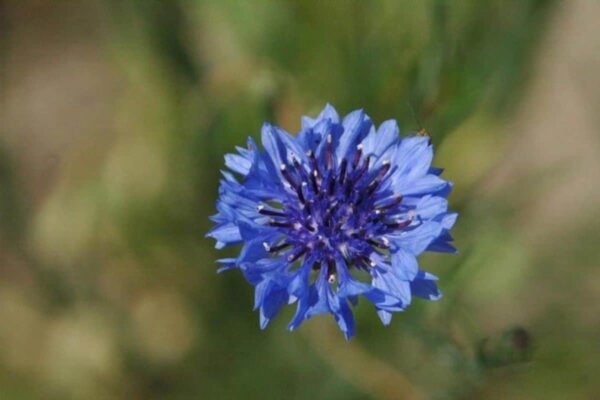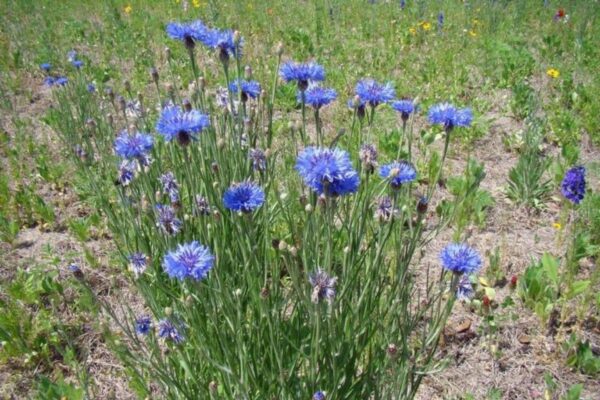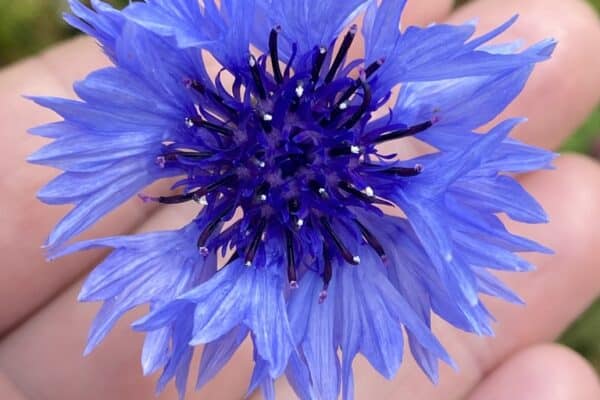Bachelor’s buttons
About This Species
Bachelor’s button (Cornflower) is a flowering plant introduced through horticulture and in “wildflower” mixes that is native to Europe. It is now classified as an endangered species in its native habitat.
This invasive plant produces large amounts of seed and can easily invade dry meadows, fields, and grasslands. This can reduce crop yields and crowd out forage or native vegetation.
How to Identify
Bachelor’s button plants can be 30 – 100 cm tall in maturity on an erect stem that is greyish-green and hairy.
Flowers are blue, purple, pink or white, pompom-like and bell-shaped stemming from the top of the flower head. The flowers are dark around the edges, with a tattered fringe at the flower tips.
Its leaves are lanceolate shaped, silvery-green but can be toothed or lobbed on the lower leaf margins. They can be 13 cm long.
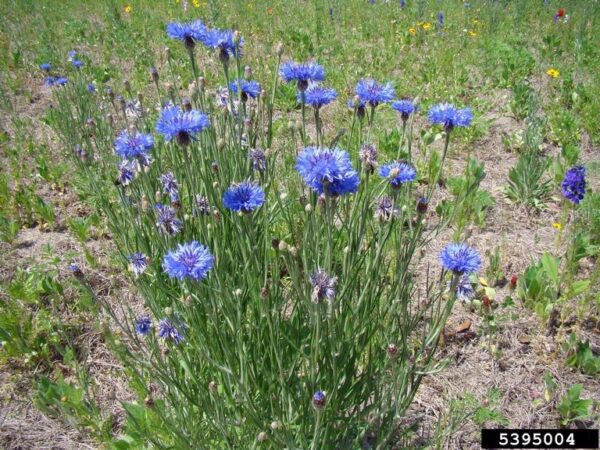
Take Action
Prevention is the best approach.
- Seed Mixtures Factsheet PDF
-
If you need advice about invasive species on your property or you are concerned about reported invasives in your local area, contact your local government or regional invasive species organization.

PlayCleanGo
Learn about best practices

Plantwise
Learn about best practices
Avoid planting wildflower mixes especially if Centaurea cyanus or other Centaurea species are listed on mixes. Not all mixes list every species in the mix. If this is the case, do not use the wildflower mix for planting.
A few non-invasive alternatives to plant instead of Bachelor’s buttons include:
- Blue flax (Linum lewisii)
- Bluehead gilia (Gilia capitata)
- Nodding onion (Allium cernuum)
- Purple coneflower (Echinacea purpurea)
- Showy daisy (Erigeron speciosus)
REPORT TO PROTECT BC’S BIODIVERSITY
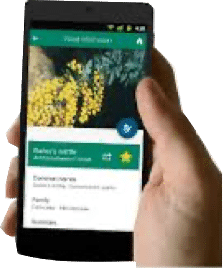
Use the app
Observe and report to protect BC’s biodiversity

Report through this website
Use our form to tell us what you’re seeing and where.



